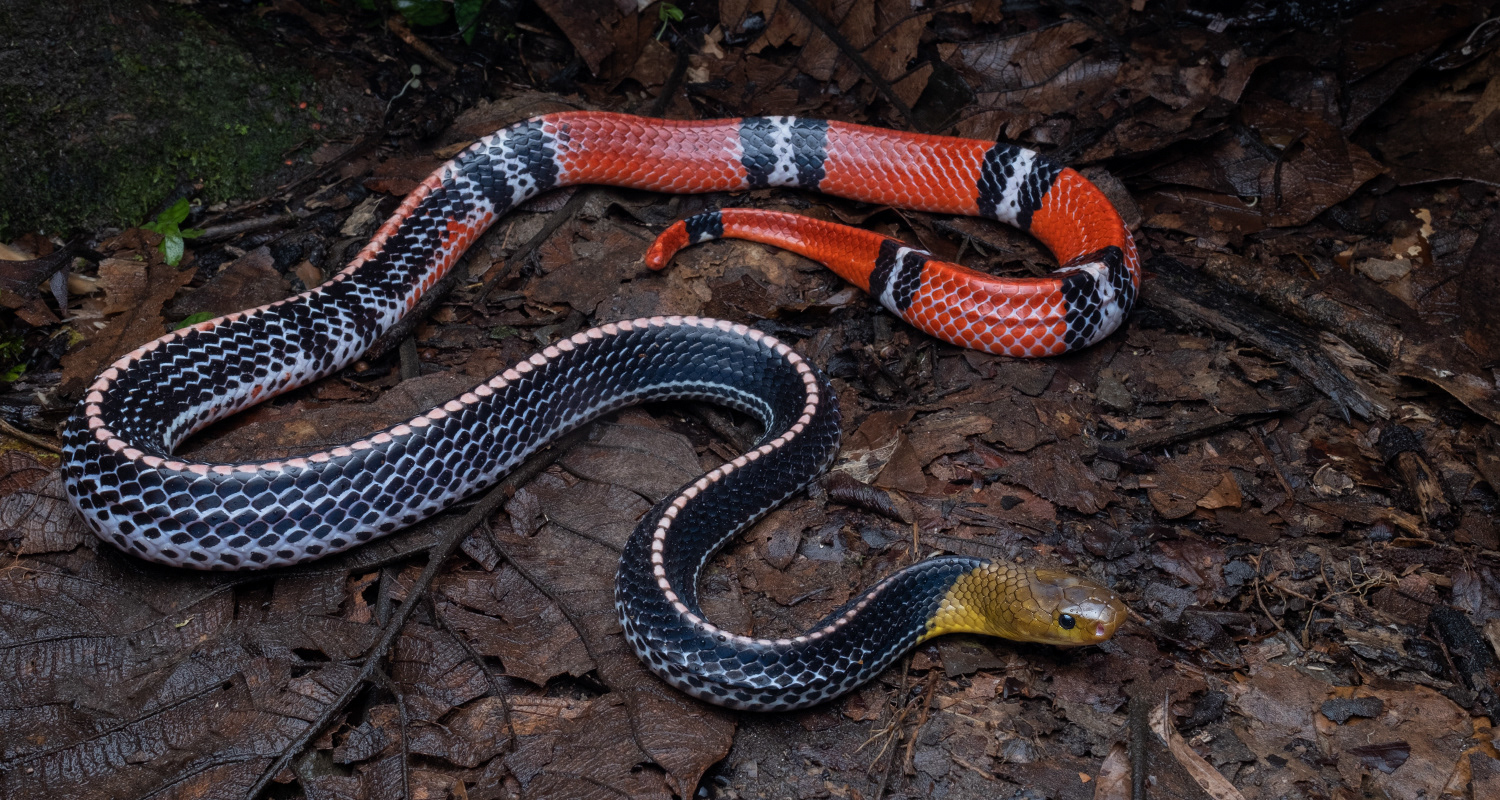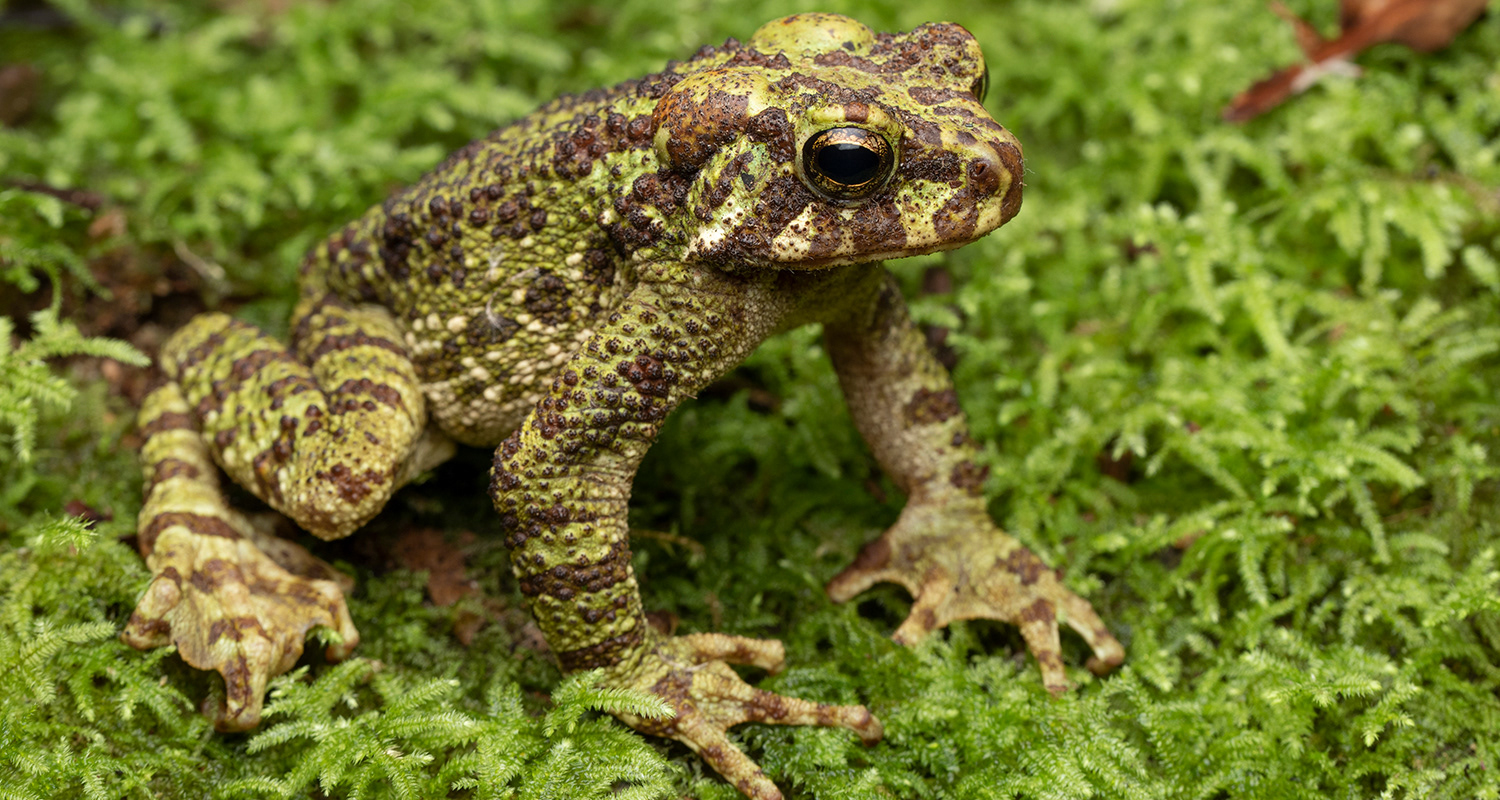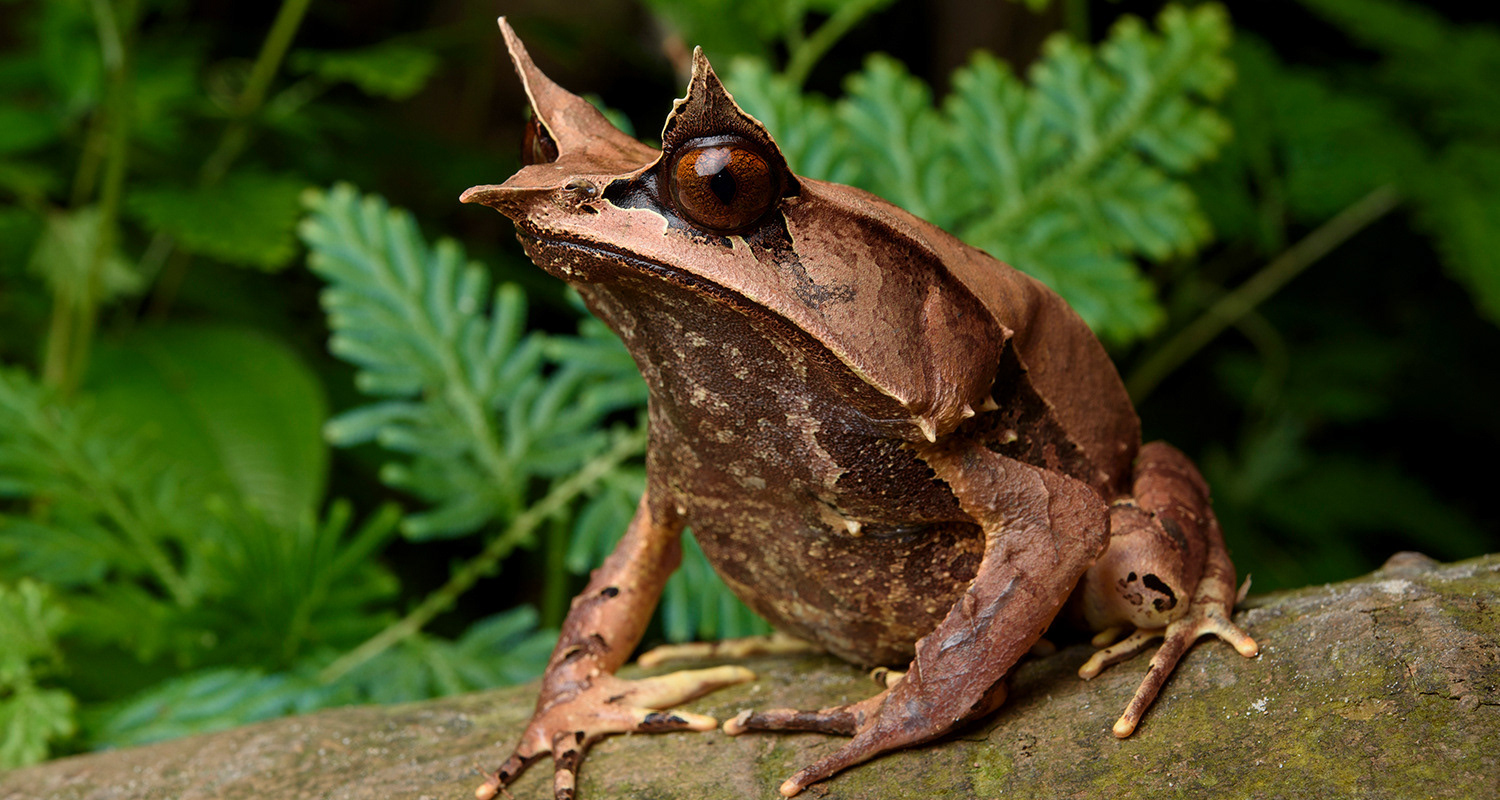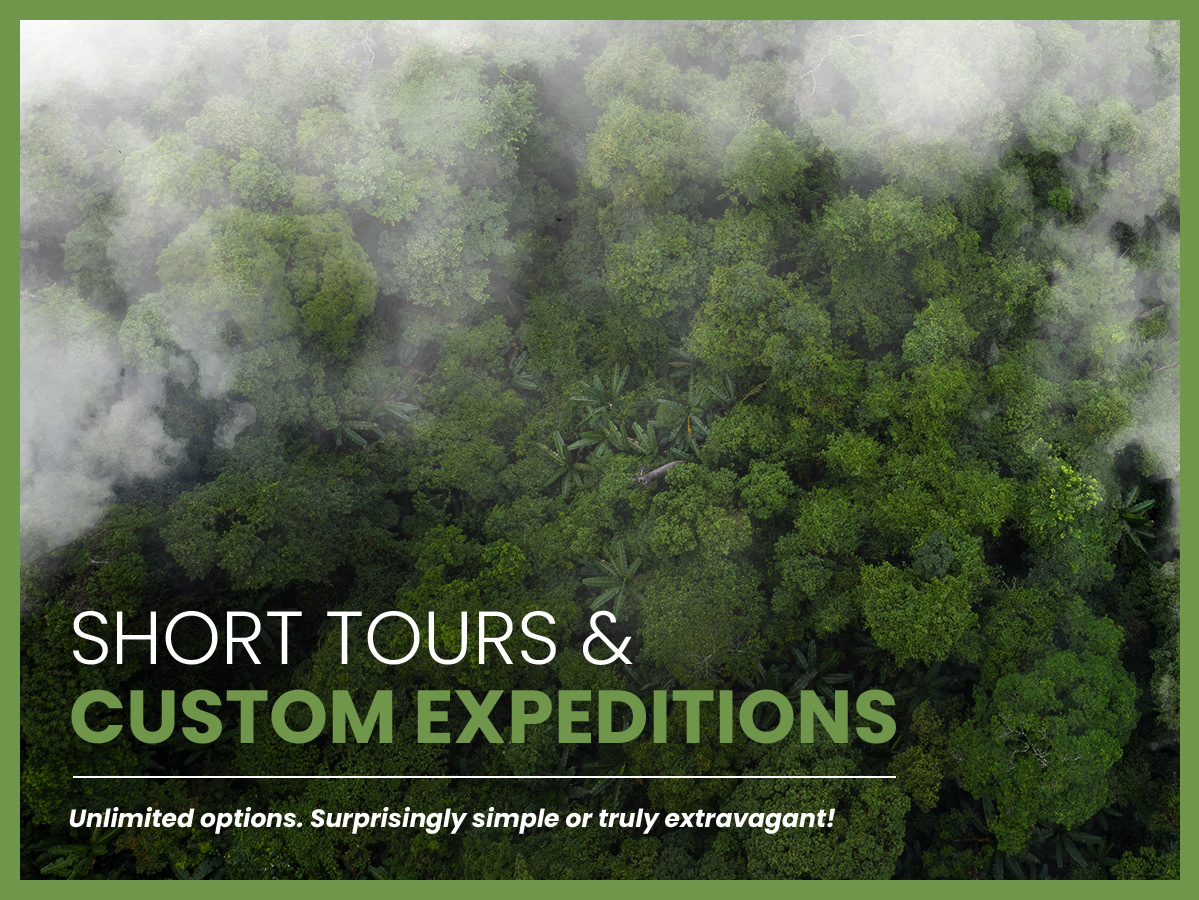
Black-striped coral snake (Calliophis nigrotaeniatus).

Chasen's mountain pit viper (Garthius chaseni).

Dark-headed ground snake (Stegonotus caligocephalus).

Masked tree frog (Leptomantis angulirostris).

Schmidt's reed snake (Calamaria schmidti)

Kinabalu gliding gecko (Gekko rhacophorus).

Kinabalu dwarf pipe snake (Anomochilus monticola).

Stuebing's slug snake (Asthenodipsas stuebingi).

Sabah pit viper (Trimeresurus sabahi).

Sarawak keelback (Hebius sarawacense).

Malcom's pit viper (Trimeresurus malcomi) juvenile.

Everett's tree frog (Philautus everetti).

Kinabalu krait (Bungarus flaviceps baluensis).

Malcom's pit viper (Trimeresurus malcomi).

Chasen's mountain pit viper (Garthius chaseni).

Kobyashi's horned frog (Pelobatrachus kobyashii).

Bengkulu cat snake (Boiga bengkuluensis).

Many-banded mangrove cat snake (Boiga dendrophila annectens).

Jasper cat snake (Boiga jaspidea).

Dark-headed cat snake (Boiga nigriceps).

Frilled tree frog (Kurixalus appendiculatus).

Scarce wolf snake (Lycodon effraenis).

Juvenile Sumatran pit viper (Trimeresurus sumatranus).

Blunt-headed slug snake (Aplopeltura boa).

Elegant bronzeback (Dendrelaphis formosus).

Cat gecko (Aleuroscalabotes felinus).

Bornean keeled pit viper (Tropidolaemus subannulatus).

Dark-necked slug snake (Asthenodipsas borneensis).

Bornean angle-headed lizard (Gonocephalus borneensis).

White-fronted keelback (Hebius flavifrons).

Hole-in-the-head Frog (Huia cavitympanum).

Everett's tree toad (Rentapia everetti).

Bornean angle-headed lizard (Gonocephalus borneensis).

Long-nosed horned frog (Pelobatrachus nasuta).

Sumatran pit viper (Trimeresurus sumatranus).

Bornean short-tailed python (Python breitensteini).

Bornean keeled pit viper (Tropidolaemus subannulatus).

Bornean leaf-nosed pit viper (Craspedocephalus borneensis).

Sumatran cobra (Naja sumatrana).

Banded krait (Bungarus fasciatus).

Asian vine snake (Ahaetulla prasina).

Painted bronzeback (Dendrelaphis pictus).

Steven

Rupert


























